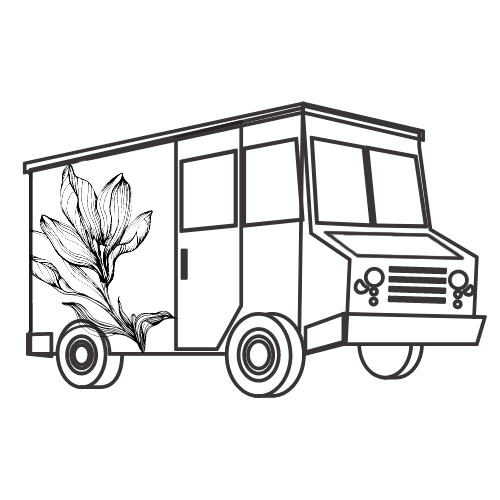




Chinese Dogwood or Kousa Dogwood
Cornus kousa
| Hardiness Zones 5-8
This elegant, small tree has a graceful, vase-shaped habit that matures into a more rounded form with age. Blooming 2 to 3 weeks after Cornus florida, Cornus kousa features striking, pointed flower bracts that open in late spring to early summer, extending the dogwood bloom season. The bracts surround clusters of tiny flowers, creating a star-like display that sets this tree apart.
In late summer, the tree produces vibrant, raspberry-like fruit that resembles small strawberries, providing visual interest and attracting birds. The exfoliating bark peels away in patches, revealing a mosaic of rich brown, gray, and tan tones—adding winter beauty when the tree is bare.
Notably more drought-tolerant than Cornus florida, this hardy species is better suited for a wide range of North American climates, making it an ideal choice for both urban and naturalized landscapes.
Whether planted as a standout specimen or integrated into a garden border, Cornus kousa offers multi-season interest, from its lush foliage to its captivating flowers, fruit, and bark.
Pickup currently unavailable at Aiken Nursery
Schedule Delayed Shipping in your Cart
Plant Specs
- Zones: 5 - 8
- Sun: Full Sun and Part Shade
- Soil: Well-drained
- Height at Maturity: 15 - 30 Feet
- Spread at Maturity: 15 - 25 Feet
- Growth Rate: Slow to Moderate
Deciduous
Flower/Foliage
2 to 4 inch creamy white bracts, spring
Care Info
Here’s a closer look at how we produce our plants:
From rooting to shipping, our top priority is ensuring you receive healthy, thriving plants for your garden’s success.

The majority of our plants are carefully cultivated from rooted cuttings, while we also utilize propagation methods such as seed, air layering, and grafting, thoughtfully chosen to suit each plant’s unique needs.

Our plants are cultivated using sustainable practices, including organic soil blends and eco-friendly pest management, ensuring they thrive while minimizing environmental impact.

We are proud to contribute to local biodiversity through ongoing donations to the Aiken Arboretum and support for local wildlife conservation efforts, helping to preserve and enhance our community’s natural ecosystems.
Frequently Asked Questions
What to expect upon delivery
All our plants are sold in 1-gallon sizes, though the height of each plant can vary depending on its growth rate and seasonality, typically ranging from 1/2 to 2.5 feet.
Each plant is carefully packaged with its roots enclosed in a secure plastic bag containing moist soil, forming a compact root ball. To ensure safe transport, the box is padded with recycled newspaper, providing both stability and eco-friendly protection from weather during shipping.
What is your return policy?
Review our full return policy information on our SHIPPING AND RETURNS POLICY page.
What payment methods can I use?
We offer 35 different payment methods including major providers like Mastercard, Visa, PayPal, American Express and Diners as well as many different local payment methods including Klarna, iDEAL, AliPay, Sofort, giropay, and many more.
Can I make changes to my order after it’s been placed?
At Woodlanders, we strive to fulfill orders as quickly as possible. Therefore, we can only accommodate changes to your order within the first 24 hours after it has been placed. These changes include adding or removing products and modifying the delivery address. If you need to make any changes or if there has been a mistake with your order information, please reach out to us promptly via our CONTACT page with your order number for the quickest resolution.
Your satisfaction is our priority, and we appreciate your understanding and cooperation.


